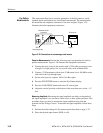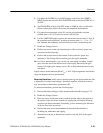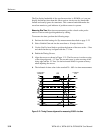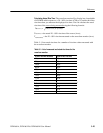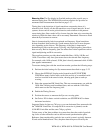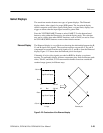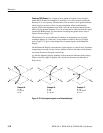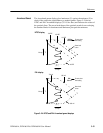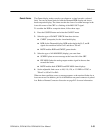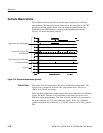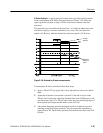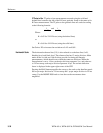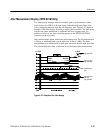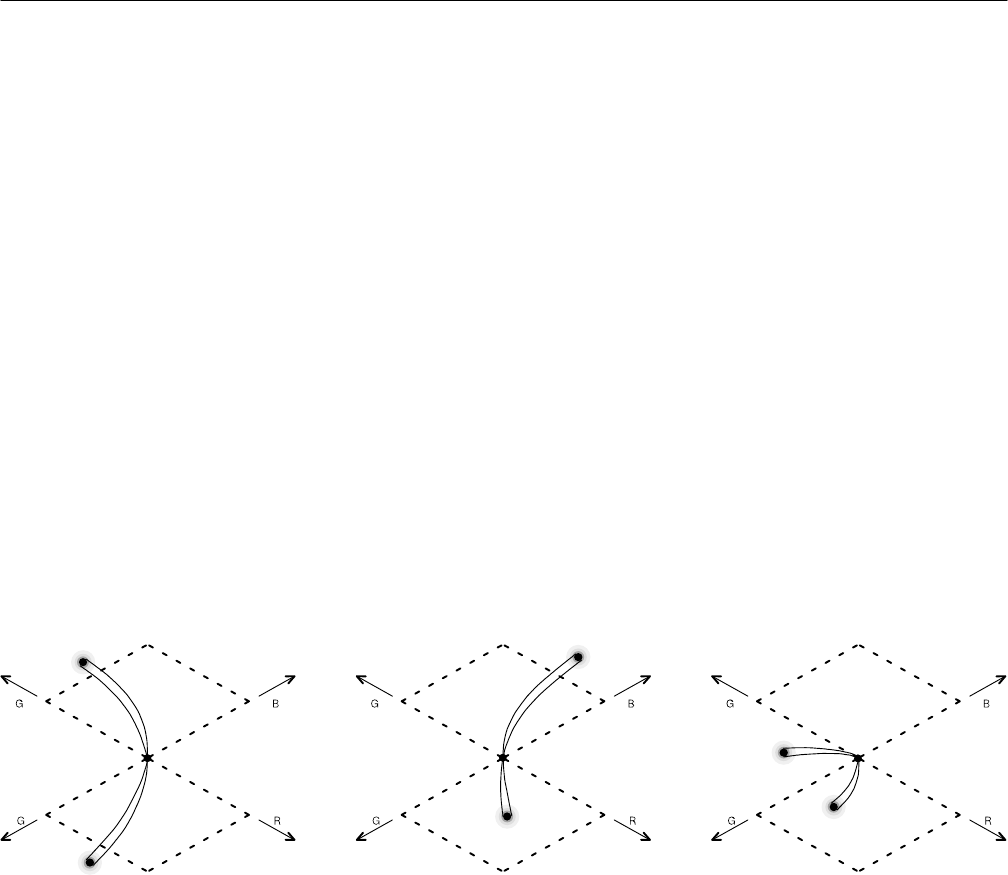
Reference
3–30
WFM 601A, WFM 601E & WFM 601M User Manual
Checking RGB Gamut. For a signal to be in gamut, all signal vectors must lie
within the G-B and G-R diamonds. Conversely, if a vector extends outside the
diamond, it is out of gamut. The direction of an excursion out of gamut indicates
which signal is excessive. Errors in green amplitude affect both diamonds
equally, while blue amplitude errors affect only the top diamond and red errors
affect only the bottom diamond. You can set an alarm to indicate when the signal
exceeds the RGB gamut. For information on setting the gamut alarm, refer to
Gamut Alarms on page 3–33.
The intensity of a vector indicates its duration. A momentary out-of-gamut
condition appears as a faint trace. Long duration violations show as a bright
trace. Figure 3–23 gives some sample out-of-gamut signals on the Diamond
display.
On the Diamond Display, monochrome signals appear as vertical lines. Nonlinear
component processing, such as from a gamma corrector that alters white balance,
can cause deviations along the vertical axis.
As with the lightning display, bending of the transitions indicates timing delays.
When a color bar signal is applied, the vertical axis becomes an indicator of
delay errors.
Example A:
R – Ok
G > 700 mV
B – Ok
Example B:
R – Ok
G – Ok
B > 700 mV
Example C:
R – Ok
G – Ok, 350 mV
B < 0 mV
Figure 3–23: Out-of-gamut signals on a Diamond display



